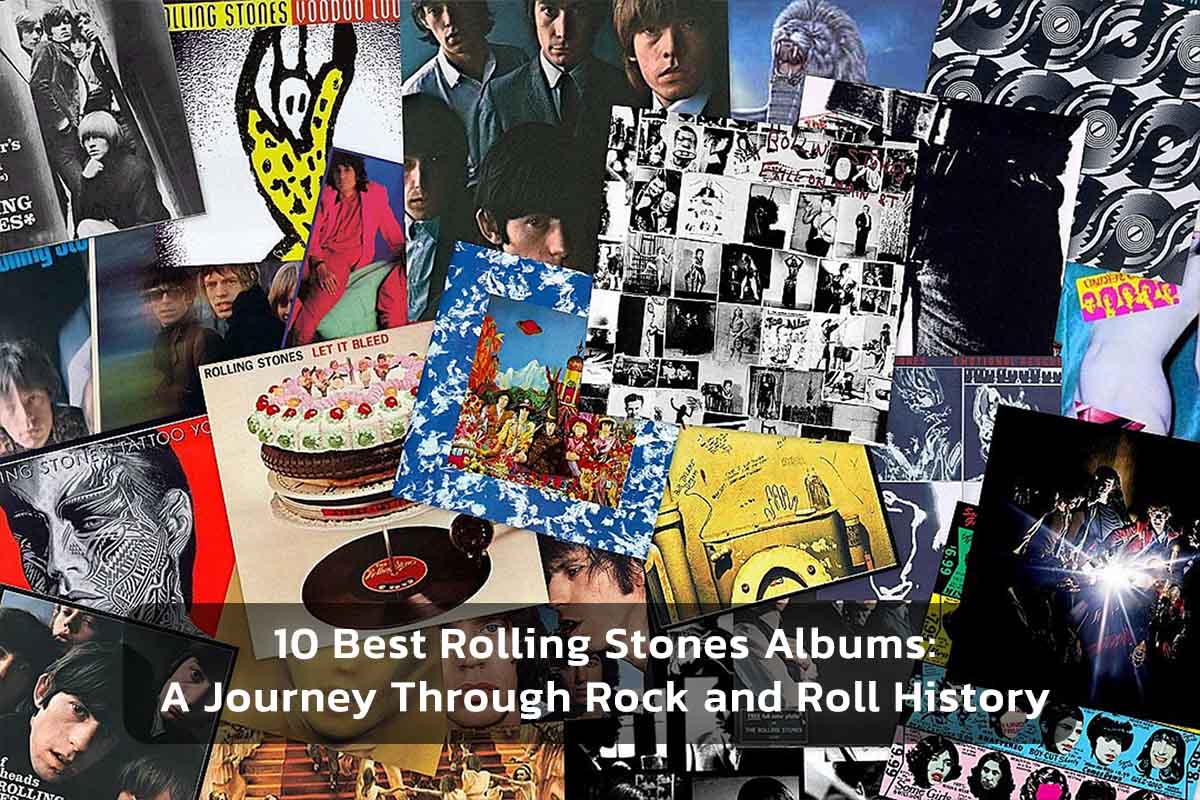Rolling Stones News
10 Best Rolling Stones Albums: A Journey Through Rock and Roll History
The Rolling Stones, one of the most influential rock and roll bands of all time, boast a discography spanning over 50 years and countless iconic albums. Choosing just 10 as the rolling stones album best is a near-impossible task, as each era and album holds its own unique charm and significance. However, this list aims to highlight some of the band’s most essential and impactful works, offering a glimpse into their evolution and enduring legacy.
Top 10 Rolling Stones Albums
1. Exile on Main St. (1972)
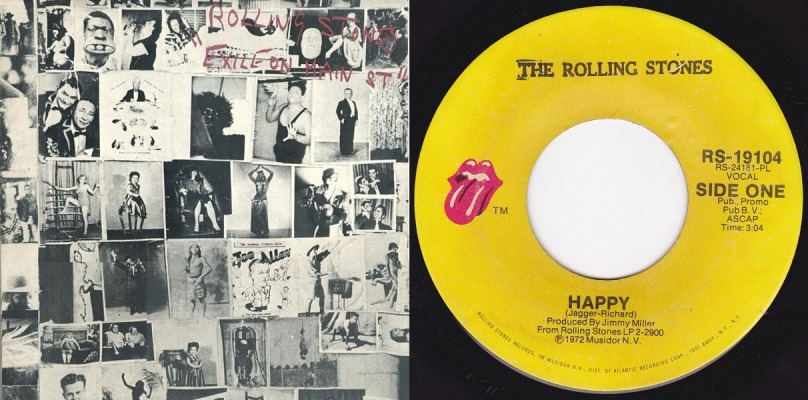
A sprawling double album, Exile on Main St. captures the band at their rawest and most experimental. Recorded in exile in France, the album is a loose and jam-heavy affair, blending blues, rock, country, and gospel influences into a cohesive masterpiece.
Recording Process and Location
In 1971, the Rolling Stones fled the UK to avoid high taxes and set up a makeshift recording studio in the basement of Villa Nellc么te, a dilapidated mansion in the seaside town of Villefranche-sur-Mer, France. The remote location and laid-back atmosphere contributed to the album’s raw, spontaneous feel, with the band members often recording in their pajamas or swimming trunks.
Musical Influences on the Album
Exile on Main St. showcases the Rolling Stones’ diverse musical influences, drawing from blues, gospel, country, and rock and roll. The album features a rich tapestry of sounds, including slide guitar, saxophones, and gospel-tinged backing vocals, reflecting the band’s willingness to experiment and push the boundaries of their signature style.
Impact on the Band’s Career
Exile on Main St. is widely regarded as one of the Rolling Stones’ greatest achievements, solidifying their status as one of the preeminent rock bands of the 20th century. The album’s critical and commercial success cemented the band’s reputation for creating raw, authentic, and enduring rock music, influencing countless artists in the decades that followed.
2. Sticky Fingers (1971)

Marking the band’s return to their roots after their psychedelic explorations, Sticky Fingers is a blues-rock triumph. Featuring iconic tracks like “Brown Sugar” and “Wild Horses,” the album showcases the Stones at their most raw and powerful.
Return to Blues-Rock Roots
After the more experimental and eclectic Beggars Banquet and Let It Bleed, the Rolling Stones returned to their blues-rock foundations with Sticky Fingers. The album features classic Stones tracks that draw heavily from their early R&B and blues influences, cementing their status as one of the premier blues-rock bands of the era.
Iconic Tracks on the Album
Sticky Fingers boasts several of the Rolling Stones’ most iconic and enduring tracks, including the opening salvo of “Brown Sugar,” the heartbreaking “Wild Horses,” and the hard-driving “Can’t You Hear Me Knocking.” These songs have become staples of classic rock radio and continue to resonate with audiences worldwide.
Reception and Legacy
Sticky Fingers was a critical and commercial triumph for the Rolling Stones, reaching number one on the Billboard 200 chart and earning widespread acclaim from music critics. The album is often cited as one of the band’s best and most influential works, setting the stage for their subsequent creative peak in the early 1970s.
3. Some Girls (1978)

In the late 1970s, the Rolling Stones embraced the punk and disco movements, resulting in the dynamic and genre-blending album Some Girls. The album showcases the band’s ability to adapt to the changing musical landscape while still maintaining their distinctive sound.
Exploration of Disco and Punk
Some Girls marks a significant shift in the Rolling Stones’ musical direction, as the band incorporated elements of disco and punk rock into their signature blues-rock style. Tracks like “Miss You” and “Respectable” demonstrate the Stones’ willingness to experiment with contemporary sounds, while still retaining their gritty edge.
Chart-Topping Hits
Some Girls was a commercial success for the Rolling Stones, spawning several hit singles that topped the charts, including “Miss You” and “Beast of Burden.” The album’s blend of rock, disco, and punk resonated with a wide audience, further cementing the band’s status as one of the most versatile and commercially successful acts of the era.
Evolution of the Band’s Sound
The Rolling Stones’ ability to evolve their sound while maintaining their core identity is on full display in Some Girls. The album represents a significant departure from the band’s previous work, yet it still feels distinctly “Stones,” with Mick Jagger’s snarling vocals and the band’s signature guitar-driven sound.
4. Beggars Banquet (1968)
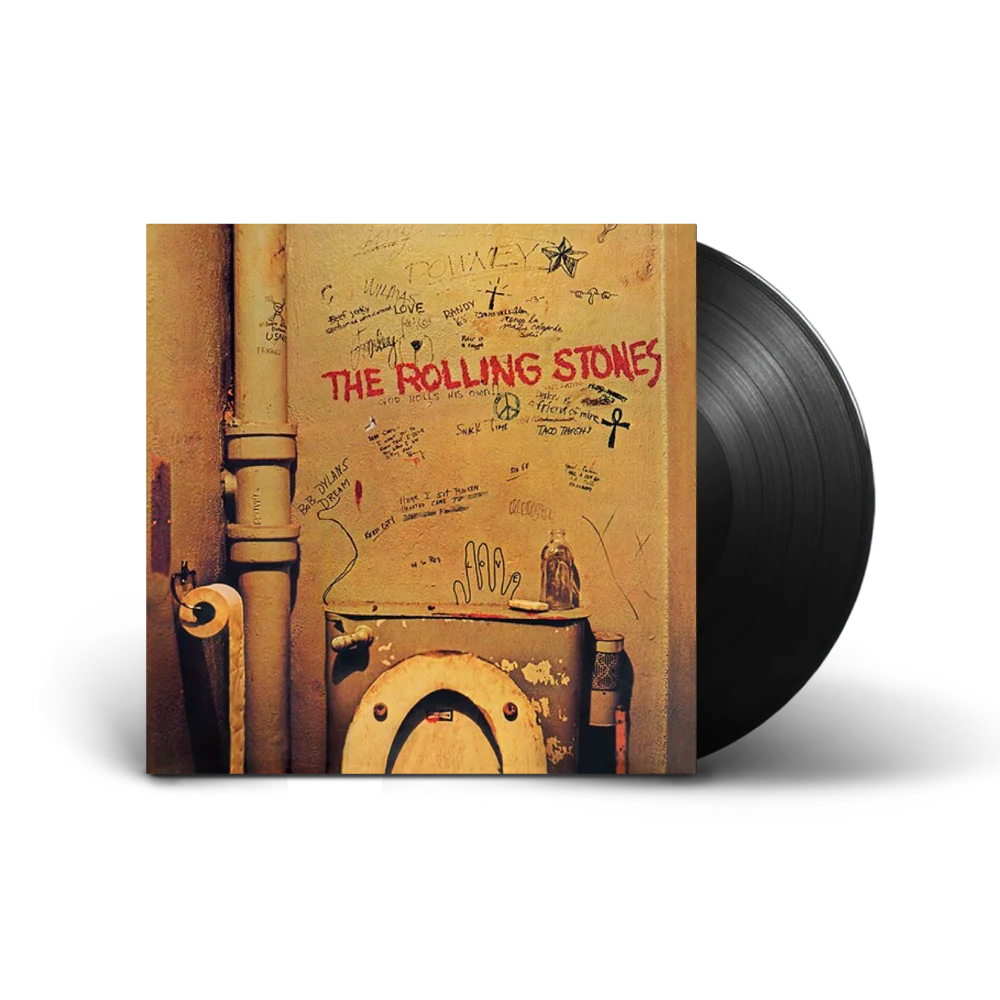
After the experimental psychedelia of Their Satanic Majesties Request, the Rolling Stones returned to their blues-rock roots with Beggars Banquet. The album marks a shift in the band’s tone and themes, showcasing their growth as songwriters and social commentators.
Shift in Tone and Themes
Beggars Banquet represents a departure from the Stones’ earlier work, with a more introspective and socially conscious tone. Tracks like “Sympathy for the Devil” and “Street Fighting Man” explore themes of violence, political unrest, and the darker side of the human experience, reflecting the turbulent cultural climate of the late 1960s.
Social and Political Commentary
The Rolling Stones’ ability to capture the zeitgeist of the era is on full display in Beggars Banquet. The album’s lyrics offer biting social and political commentary, tackling subjects like the Vietnam War, class division, and the counterculture movement, cementing the band’s status as more than just a rock and roll act.
Artistic Growth of the Band
Beggars Banquet marked a significant artistic growth for the Rolling Stones, as the band expanded their musical palette and showcased their maturity as songwriters. The album’s diverse range of styles, from the country-tinged “Dear Doctor” to the bluesy “Prodigal Son,” demonstrated the band’s versatility and willingness to experiment.
5. Let It Bleed (1969)
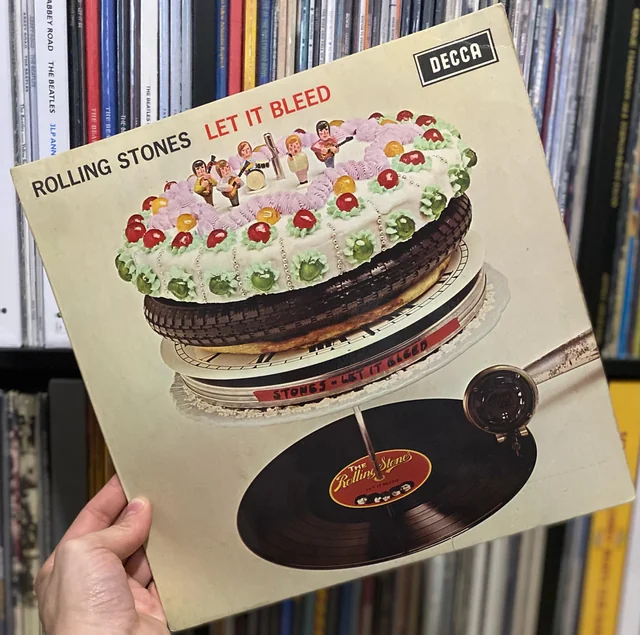
Released in the aftermath of the Altamont Free Concert, Let It Bleed is imbued with a sense of darkness and foreboding, reflecting the turbulent social and political climate of the era. The album features some of the Stones’ most iconic and emotionally powerful tracks.
Emotional Context of the Album
The recording of Let It Bleed was marked by personal upheaval and tragedy within the Rolling Stones’ inner circle. The death of Brian Jones, the band’s original guitarist, shortly before the album’s release, cast a pall over the proceedings and contributed to the album’s underlying sense of unease and anxiety.
Musical Style and Themes
Let It Bleed is a musical tour de force, showcasing the Stones’ mastery of various genres, from the country-inflected “Country Honk” to the apocalyptic “Gimme Shelter.” The album’s themes of violence, social unrest, and personal turmoil are woven throughout the music, creating a powerful and unsettling listening experience.
Post-Brian Jones Era
Let It Bleed marked the beginning of a new era for the Rolling Stones, as the band navigated the loss of Brian Jones and the arrival of his replacement, Mick Taylor. The album’s raw, emotional power is a testament to the band’s resilience and adaptability in the face of adversity.
6. Aftermath (1966)
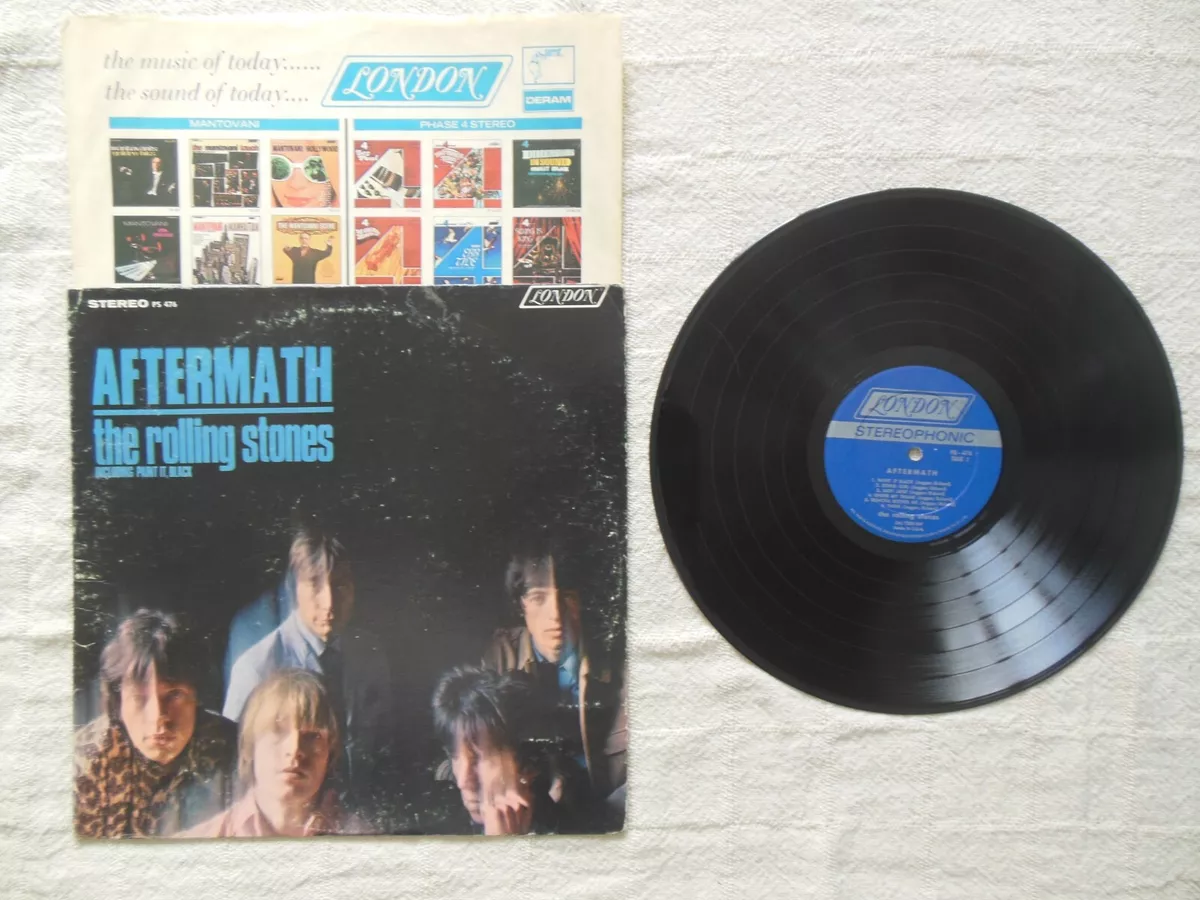
Aftermath represents a significant turning point in the Rolling Stones’ musical evolution, as the band began to explore more experimental and psychedelic sounds. The album showcases the band’s growing confidence and artistic ambition, paving the way for their later creative peak.
Experimentation with Psychedelic Sounds
On Aftermath, the Rolling Stones delved deeper into the world of psychedelia, incorporating sitar, orchestral arrangements, and studio experimentation into their signature blues-rock sound. Tracks like “Paint It, Black” and “Mother’s Little Helper” demonstrate the band’s willingness to venture beyond the confines of traditional rock and roll.
Studio Innovations
The recording of Aftermath marked a shift in the Rolling Stones’ approach to the studio, as they became more involved in the production process and began to utilize the studio as an instrument in its own right. The album’s enhanced sonic complexity and innovative arrangements foreshadowed the band’s continued growth as both musicians and studio craftsmen.
Influence on Future Albums
Aftermath laid the groundwork for the Stones’ subsequent creative peak in the late 1960s and early 1970s. The album’s experimental nature and thematic depth paved the way for the band’s more ambitious and conceptually complex works, such as Their Satanic Majesties Request and Beggars Banquet.
7. (I Can’t Get No) Satisfaction (1965)

While not a full-length album, “(I Can’t Get No) Satisfaction” stands as one of the most iconic and influential singles in the Rolling Stones’ discography. The track’s impact on popular music is hard to overstate, cementing the band’s status as one of the preeminent rock and roll acts of the 1960s.
Impact of Signature Anthem
“(I Can’t Get No) Satisfaction” is undoubtedly the Rolling Stones’ most recognizable and enduring anthem. The song’s distinctive riff, Mick Jagger’s snarling vocals, and the band’s raw, unapologetic energy have made it a staple of classic rock radio and a touchstone of 1960s counterculture.
Track Analysis
The song’s lyrics, which capture the frustrations of modern consumerism and social alienation, have resonated with generations of listeners. The track’s innovative use of the fuzzbox guitar and its infectious, blues-inspired groove have also made it a seminal influence on the development of rock and roll.
Cultural Relevance
“(I Can’t Get No) Satisfaction” transcends its status as a mere pop song, becoming a cultural touchstone that reflects the turbulent social and political climate of the 1960s. The track’s enduring popularity and influence on subsequent generations of musicians cement its place as one of the most important and significant recordings in the history of rock and roll.
8. Black and Blue (1976)
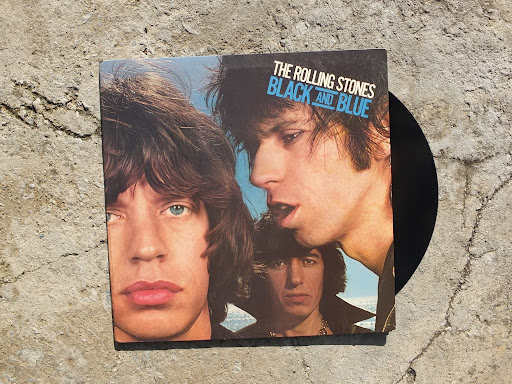
Released in the mid-1970s, Black and Blue marked a creative and commercial resurgence for the Rolling Stones. The album’s eclectic blend of styles, from reggae to disco, demonstrates the band’s versatility and ability to adapt to the changing musical landscape.
Comparison to Previous Albums
Black and Blue stands apart from the Stones’ earlier work, showcasing a more polished and refined production style. However, the album still retains the band’s signature gritty energy and bluesy foundations, bridging the gap between their classic sound and more contemporary influences.
Fusion of Rock and Funk
One of the standout features of Black and Blue is the band’s experimentation with funk and disco elements, particularly on tracks like “Hot Stuff” and “Crazy Mama.” This fusion of rock and dance-oriented rhythms was a bold move for the Stones, reflecting their willingness to evolve and embrace new musical trends.
Commercial Success
Black and Blue was a commercial success for the Rolling Stones, reaching the top of the Billboard 200 chart and spawning several hit singles. The album’s diverse range of styles and the band’s renewed creative energy resonated with both critics and fans, solidifying the Stones’ status as one of the premier rock acts of the 1970s.
9. Tattoo You (1981)
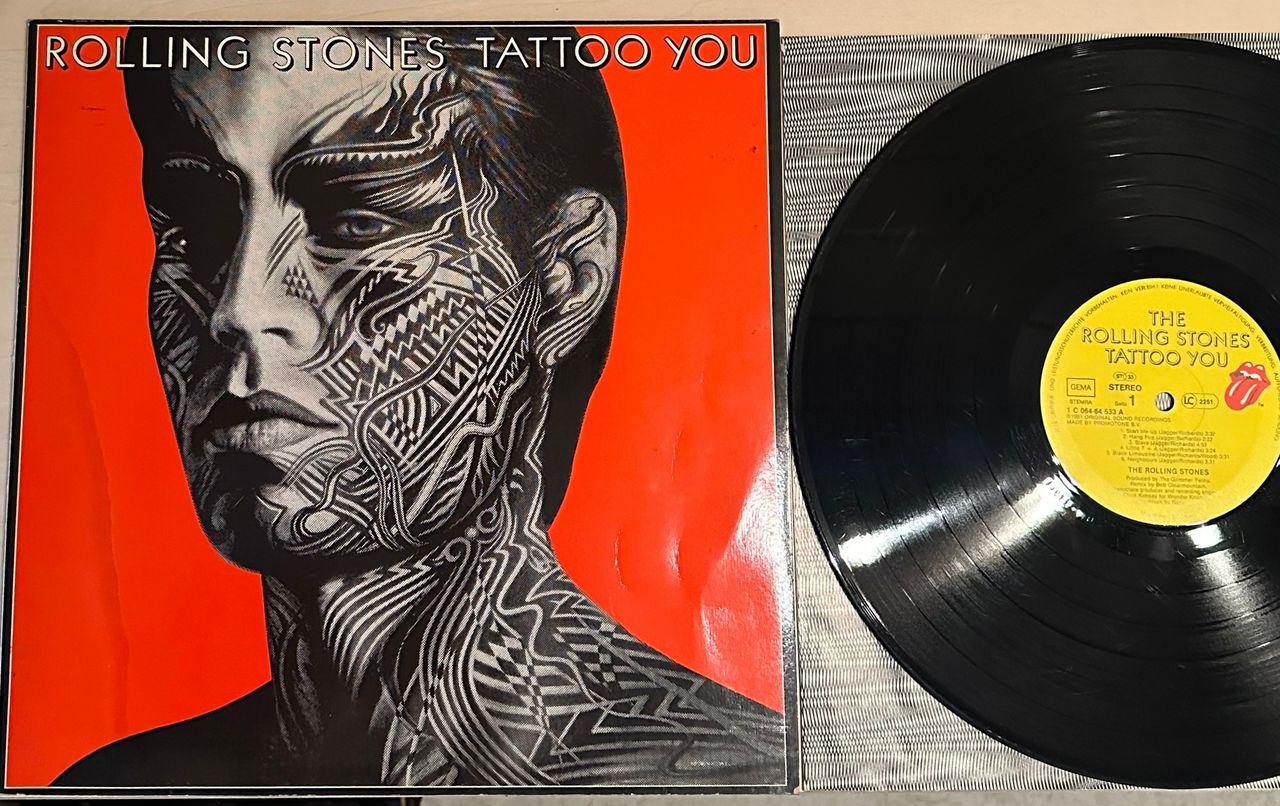
Tattoo You is a unique entry in the Rolling Stones’ discography, as it is essentially a compilation album that showcases the band’s creative output from the late 1970s. However, the album’s cohesive flow and standout tracks make it one of the Stones’ most acclaimed and commercially successful releases of the era.
Compilation Concept
Tattoo You was assembled from a collection of outtakes, works-in-progress, and newly recorded material, with the aim of creating a cohesive album that would capture the band’s creative essence. The result is a seamless collection of tracks that showcase the Stones’ versatility and continued relevance in the early 1980s.
Hit Singles
Tattoo You boasts several of the Rolling Stones’ biggest hits of the era, including the iconic “Start Me Up” and the soulful ballad “Waiting on a Friend.” These tracks, along with the album’s other standout moments, cemented the Stones’ status as one of the premier rock acts of the decade.
Critical Reception
Despite its compilation nature, Tattoo You was widely praised by critics, who recognized the album’s strong songwriting, production, and the band’s enduring musical prowess. The album’s success demonstrated the Rolling Stones’ ability to remain relevant and commercially viable well into the 1980s, further solidifying their status as one of the greatest rock and roll bands of all time.
10. Goats Head Soup (1973)

Goats Head Soup marked a departure from the raw, blues-infused sound of the Stones’ previous albums, showcasing the band’s willingness to experiment with different genres and musical styles. The album’s eclectic nature and standout tracks have made it a fan favorite and an essential part of the band’s discography.
Genre Experimentation
On Goats Head Soup, the Rolling Stones explored a range of musical styles, from the balladic “Angie” to the funk-inspired “Dancing with Mr. D.” This genre-hopping approach demonstrated the band’s versatility and their ability to adapt to changing musical trends without compromising their core identity.
Standout Tracks
Goats Head Soup features several standout tracks that have become staples of the Stones’ live performances and radio play, including the aforementioned “Angie” and the hard-hitting “Doo Doo Doo Doo Doo (Heartbreaker).” These songs showcase the band’s songwriting prowess and their ability to craft memorable, enduring rock and roll.
Fan Reception
While Goats Head Soup was not initially met with the same critical acclaim as some of the Stones’ earlier works, it has since gained a devoted following among the band’s fans. The album’s eclectic nature and the inclusion of several fan favorites have contributed to its enduring legacy and solidified its place in the Stones’ discography.
Conclusion
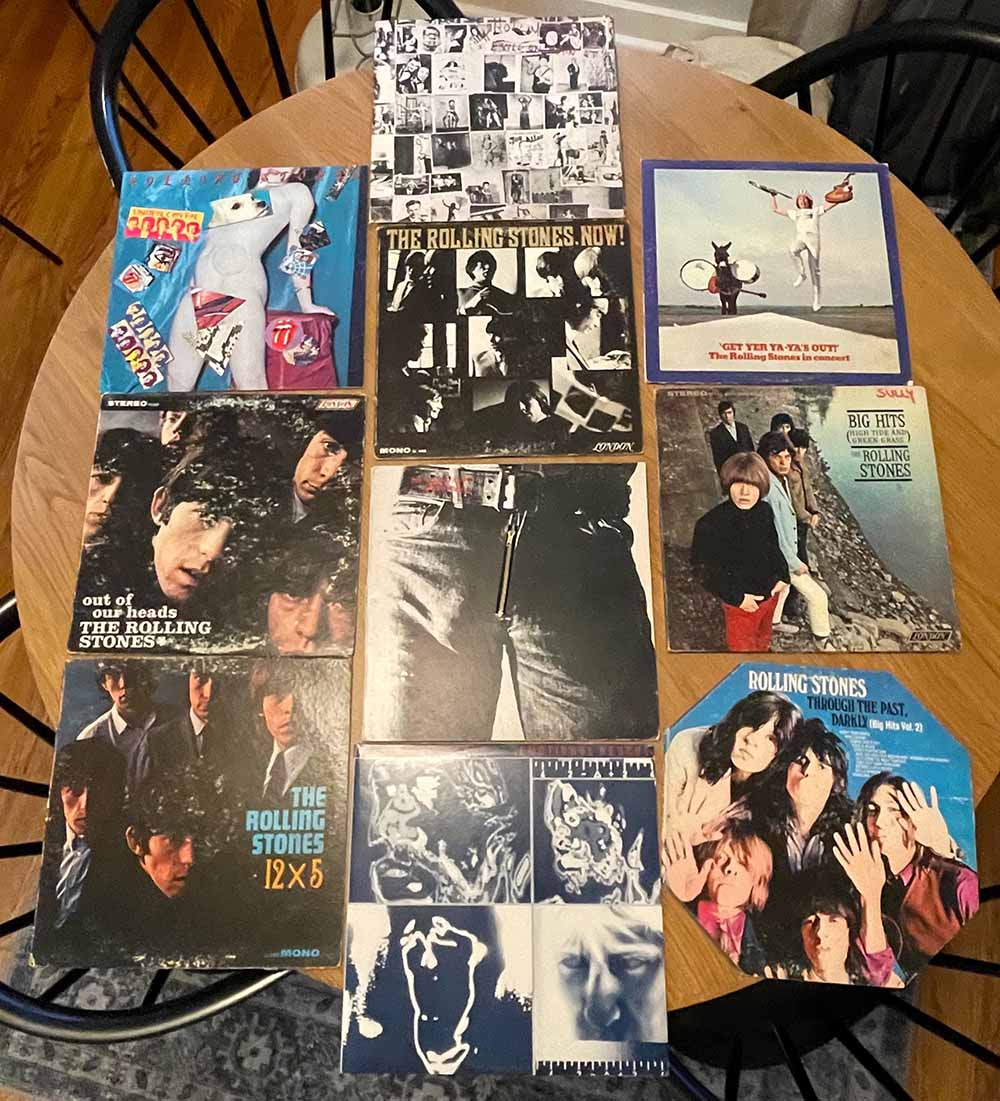
The Rolling Stones’ discography is a testament to the band’s enduring influence and the depth of their creative vision. From the raw, blues-driven energy of their early work to the genre-bending experimentation of their later albums, the Stones have consistently pushed the boundaries of rock and roll, leaving an indelible mark on the music industry.
The albums highlighted in this list represent the band’s most essential and impactful works, showcasing their unparalleled versatility, musical prowess, and ability to capture the zeitgeist of the eras in which they were created. Whether it’s the gritty, unbridled power of Exile on Main St. or the evolutionary leaps demonstrated in Aftermath, each of these albums offers a unique window into the Rolling Stones’ legendary career.
As the band continues to tour and record, their legacy and influence only grow stronger. The music of the Rolling Stones remains a touchstone for generations of rock and roll fans, a constant source of inspiration, and a testament to the enduring power of rock and roll. The journey through their discography is a captivating exploration of one of the most iconic and influential bands in the history of popular music.
Notes
In addition to the 10 albums featured in this list, the Rolling Stones have a wealth of other essential recordings worth exploring. Albums like Let It Bleed, Beggars Banquet, and Their Satanic Majesties Request offer deeper insights into the band’s evolution and artistic growth. Furthermore, the Stones’ extensive live performances and bootleg recordings provide a fascinating glimpse into their raw, unfiltered energy and the magic of their live shows.
Mistakes to Avoid
When exploring the Rolling Stones’ discography, it’s important to avoid overlooking the band’s earlier works. While their later albums receive the most widespread acclaim, the Stones’ early recordings, such as 12 x 5, The Rolling Stones, and Out of Our Heads, are crucial to understanding the band’s development and foundation in blues and R&B. Additionally, it’s important not to dismiss the band’s later works, as albums like Tattoo You and Some Girls demonstrate the Stones’ ability to adapt and stay relevant in the face of changing musical trends.
Frequently Asked Questions
How many albums have the Rolling Stones released?
The Rolling Stones have released 30 studio albums, 13 live albums, and numerous compilations and special editions over their extensive career spanning more than 50 years.
Dive into the Rolling Stones’ vast musical legacy here: https://www.discogs.com/artist/20991-The-Rolling-Stones
What is the best-selling Rolling Stones album of all time?
The Rolling Stones’ best-selling album is 1971’s Sticky Fingers, which has sold over 8 million copies worldwide.
Which Rolling Stones album features Mick Jagger playing guitar?
Mick Jagger is primarily known as the Rolling Stones’ lead vocalist, but he has occasionally contributed guitar work to the band’s recordings. One album that features Jagger on guitar is the 1976 album Black and Blue.


